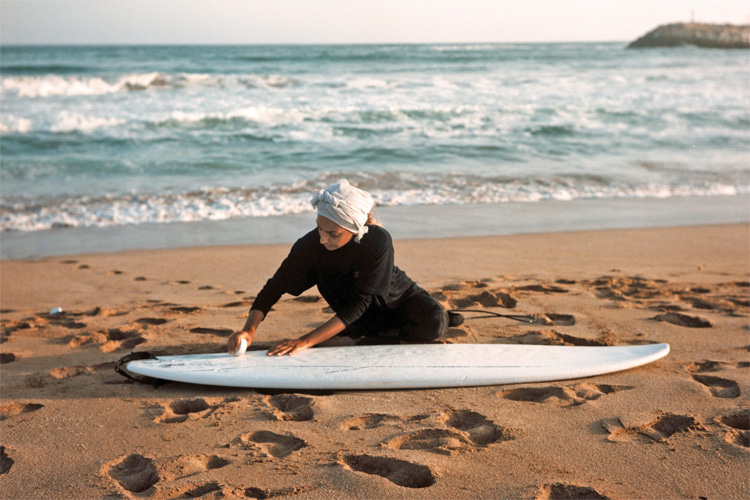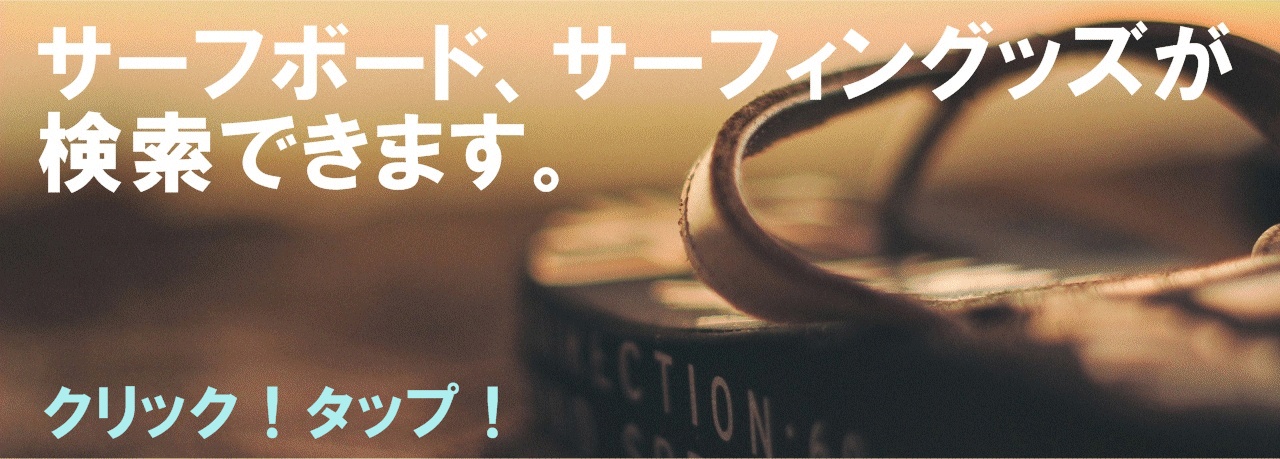The inspiring story of Shahla Yasini, Iran’s first woman surfer

Shahla Yasini is a woman like any other. The only thing that makes her special is the fact that she is Iran’s first female surfer.
Iran is a large country – the sixth largest in Asia, to be precise.
With 90 million people, it’s one of the world’s oldest and most culturally rich continuous civilizations.
The historical Persian territory situated in West Asia had its first urban settlements around 4,000 BC – that’s before writing was invented.
Iran is also the birthplace of polo and home to 28 cultural and natural UNESCO World Heritage sites.
As one of the planet’s most mountainous nations, it’s no surprise that it is a go-to destination for snowboarders, skiers, and rock climbers.
Actually, Iran is one of the fastest-growing tourism destinations.
And if you think there are no opportunities for surfers, you might consider taking a look at the stunning southern Sistan and Baluchestan province, which borders the Gulf of Oman and connects with the Indian Ocean.
The sparsely inhabited desert coastline features several small fishing villages and tiny ports and can host really nice conditions for soul-searching surf sessions.
The surf in Iran is fueled by regular monsoonal SW winds that generate consistent 3-to-12-foot swells during June, July, and August.
If tropical storms hit the region, you’ll get even bigger waves.
From Bandar-e Tang in the west to Gwatar in the East – close to the Pakistan border – there are a dozen surf breaks worth a visit.

Sharing Stoke
Surfing is somehow similar to music – they’re both a universal language.
It’s a great way to connect ourselves to Nature and people from anywhere in the world.
In 2013, Easkey Britton, a surfer and social scientist from Ireland, co-founded the Waves of Freedom.
The foundation’s mission was to promote surfing among youth and women who live in world regions where the sport isn’t accessible.
Previously, on her first visit to Iran in 2010, Britton had found a rideable surf spot in Ramin, a small village in the Chabahar county on the southeastern Iranian coastline.
When she returned to the same spot three years later, Britton made friends and introduced the sport of kings to local communities and women.
Shahla Yasini, a diver and lifeguard, and Mona Seraji, the first female snowboarding instructor in Iran, were among those learning from Britton on the beach in Ramin.
The Irish guided them through the basics of surfing and its fundamental techniques, and soon, curious children from the nearby village joined in.
The locals got stoked with surfing, and after Britton’s departure, Yasini and Seraji took the lead, founded a surf club, and continued with their regular surf sessions.

Hijab and the Waves
However, while the locals were passionate about learning to glide across the warm waves, they encountered more difficulties than beginners in other regions, especially the women.
According to Yasini, finding surfwear that complied with the legal mandate for full coverage was a significant obstacle.
Inspired by “Into the Sea,” the documentary about Britton’s 2013 trip, Italian photographer Giulia Frigieri embarked on her own project to document the surf culture in Ramin.
During several visits, she developed a close friendship with Yasini, witnessing the surf scene evolve with each trip.
The shots documenting the impressive evolution can be found in the gorgeous coffee table book, “The Surf Atlas” (Gestalten, 2022).
By 2019, Ramin had become a popular surf destination, leading to noticeable benefits for the community.
However, there was also the introduction of a government-regulated surf association.
A Politically Useful Sport
On her last visit, Frigieri was informed she could no longer photograph men and women surfing together.
While her images capture the excitement of the emerging surf scene, they are inseparable from the Islamic Republic’s broader political backdrop.
Women’s rights in Iran are heavily restricted, often preventing them from participating in sports.
According to Giulia Frigieri, given this reality, it might seem surprising that the government has not only allowed but even promoted surfing.
Interestingly, Yasini believes that the same factor that attracted media attention – featuring her in headlines like “The Hijabi Surfers Making Waves in Iran” (Vogue Arabia, August 2018) – may also explain the government’s support.
“The idea of a documentary showing Iranian women surfing in hijab appealed to the authorities,” Yasini told journalist Haleh Anvari.
Why?
The Italian photographer believes it is because it appeared to show that the legal requirement for women to be fully covered wasn’t holding them back.
Frigieri reflected on this paradox of surfing as a means to provide greater personal freedom while simultaneously being a helpful tool for those with very different agendas, i.e., governments and politics.
Nevertheless, the Baloch people are still increasingly supportive of women enjoying their fair share of waves, and the fact that more and more young people from Tehran, Iran’s capital, are traveling to Ramin to try surfing is helping the cause.

Making Surfing Universal
For those women who only truly feel comfortable in the water as long as their bodies are fully covered and their hair is not visible, there are already options.
For instance, Finisterre, a company from Cornwall, England, developed SeaSuit, a full-coverage swimsuit for women wishing to preserve their religious, social, and cultural beliefs while surfing.
But the fact that Shahla Yasini, a woman from a low-income community in Iran, opened the doors of surfing, an Olympic sport, to her fellow countrywomen is in itself a remarkable feat.
Surfing is just surfing – being in the ocean, at peace, waiting for the perfect wave.
And whatever your faith or religion is, it could be a very personal, intimate, and beautiful moment with your God.
Words by Luís MP | Founder of SurferToday.com



